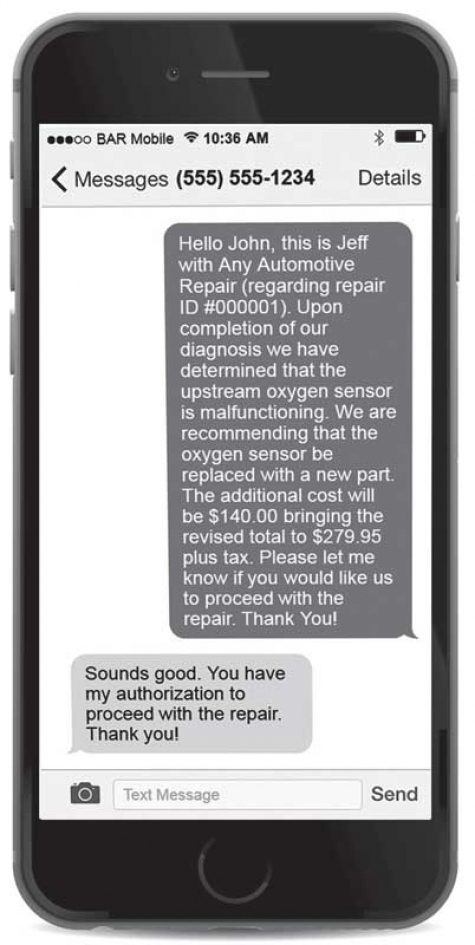Though the California Bureau of Automotive Repair (BAR) does not have jurisdiction over auto body shops beyond the more than 4,000 in the Golden State, some information shared by BAR Chief Patrick Dorais in a recent webinar could be instructive to shops elsewhere as well.
Dorais said his agency, which also oversees about 31,000 dealerships, mechanical shops and smog check stations, receives about 17,000 consumer complaints a year---though not surprisingly, many fewer this past year during the pandemic. Generally only about 1,000 of those involve body shops, Dorais said.
“In about a third of those complaints in the auto body area, consumers are alleging either that the shop made false or misleading statements, or they failed to obtain the customer’s authorization,” he said. “Consumers are commonly reporting to us that they feel misled about the length of time for the repairs, and not having any understanding of what was being done to their vehicles. Those are the kinds of things we commonly see in our complaints.”
Though few states have a regulatory body like the BAR overseeing the industry, most have consumer protection laws requiring customer authorization for repairs, so ensuring such authorizations are well documented could reduce---or at least counter---many consumer complaints.
The BAR’s “Write It Right” guide for shops was updated two years ago to indicate electronic authorization is permitted, even offering a screenshot of what a text authorization should look like.
Status updates sent to customers via email or text can also provide good documentation---provided they are saved by the shop---to counter many consumer complaints.
“We may come to you, saying the customer is saying this, here’s what they’re alleging,” Dorais said during the webinar. “As a shop owner or manager, you can say, ‘No, we’ve got something that tells a different story, and here’s my proof.’ That’s really important to preserve that document.”
Those outside California might also take note of the BAR’s prohibition on page 7 of the “Write It Right” document on the use of such part descriptions.
“Each new replacement crash part listed in an autobody or collision repair estimate must be an OEM crash part unless specifically identified as a non-OEM aftermarket crash part,” the document dictates. “Descriptors like Opt-OEM, Alt-OEM, OEM-Surplus, Like Kind Quality, Quality Replacement Part and similar designations do not satisfy this requirement.”
The ambiguity of those parts descriptions are something a Collision Industry Conference (CIC) committee has been working to address. During CIC in mid-2020, the committee showed how the list of parts categories varies among parts platforms and estimating systems. The committee showed several flowcharts demonstrating how all these variations in parts categories can result in the exact same part being described two different ways on estimates.
In one example, a vendor selling OEM parts outside of the authorized OEM channel enters those parts into a platform that uses the “OEM Surplus” category for such parts. That platform feeds into an estimating system that uses the “Optional OEM” label for those parts. That runs up against the BAR’s prohibition on the use of the “Opt-OEM” label.
“So while that part can go into the estimating platform as ‘Opt-OEM,’ the end-user is required to choose what they are going to call it on the estimate,” said Aaron Schulenburg of the Society of Collision Repair Specialists, who co-chairs the CIC committee. “You then have a situation where a shop repair plan, and an insurance company estimate, may each potentially choose different nomenclature for the exact same part. One may identify that as an aftermarket part, and one may identify it as an OEM part, and you have an estimating platform that allows for that choice.”










John Yoswick